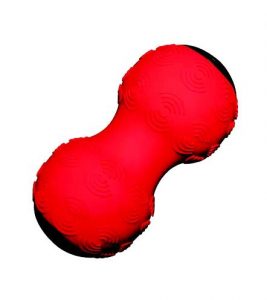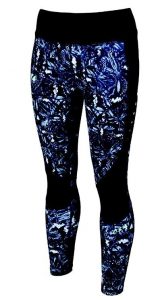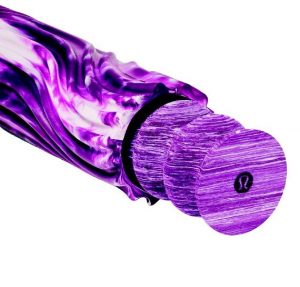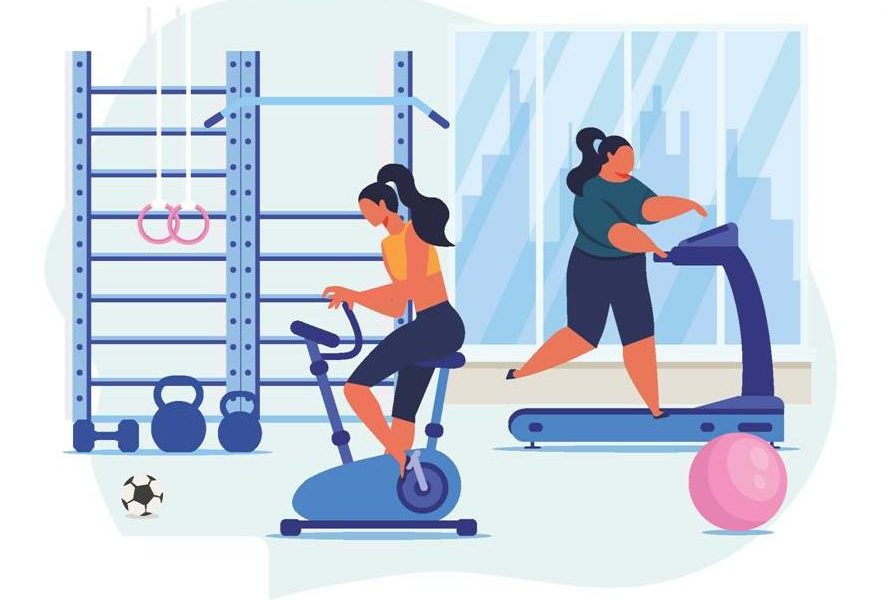Injured or ill? Stick to your workout goals in 2020 by knowing when you should take a break from exercise
Millions of Brits commit to get fit at the start of every new year. It’s one of the nation’s most popular resolutions and yet, with more workout mojo comes a greater risk of overdoing it and getting injured – especially if you’re new to exercise or haven’t done it in a while. In fact, data shows that beginners have a higher injury rate than fitness aficionados – one Dutch study reports that new runners incur injuries twice as often as experienced runners for every 1,000 hours of jogging clocked. Further data shows that it’s beneficial to take it easy and have two rest days, or to train on alternate days in the first week of ‘re-exercising’. But the line between pain and performance can get blurred, so it’s important to make a good judgement call on whether you should push on or pull back from your new exercise schedule. We asked top expert Jordane Zammit Tabona, co-founder of physical therapy clinic Function360 (function360.co.uk), for her injury prevention tips. Notepad, ready?
“My last workout left me feeling very sore. Does my body need a break?”
DOMS, or delayed onset muscle soreness, is an inevitable result of any exercise plan. If you’re overloading muscles then you’re going to cause some damage at a cellular level. You can exercise through it, but sometimes it pays to take a step back. “It all depends on how new you are to exercise and which muscles are sore,” explains Jordane. “If you’re a complete newbie, rest it out, have a warm bath and refuel with nutritious food. If you’re not so new to working out, focus on a different body part [sore quads? Focus on arms]. And if you’re really sore but want to do something, try a lowimpact session, such as a long walk or a swim. The movement will actually help to flush out some of the lactic acid from the muscles.” For a session that’s a little less effort and a bit more luxe, try a sports massage.
“Ouch, I’m hurt! Can I keep moving despite the pain?”
We’ve all nursed a niggle, whether it’s simply a sore spot or a full-blown injury, but muscle can atrophy (decrease in size and strength) in as little as two weeks so most are keen to keep moving. But should you? Good news: Jordane thinks so; “If your injury is diagnosed by a professional, the cause identified and your training plan analysed, it’s absolutely possible to exercise with an injury,” she says.
“I rarely tell my patients not to exercise when they are injured because activity is such an emotional booster and a good form of stress relief.” However, Jordane emphasises how important it is that you get expert advice on what sort of exercises you can and can’t do, using movement to aid your recovery and not hamper it. “Your exercise regimen may need to be adapted for a while, but needn’t be completely avoided.”
“Is it ever OK to exercise with the lurgy?”
Tickle in your throat? Sniffling while you sweat? The common cold and other minor illnesses can really throw you off your game over the winter, so it helps to know when to press the brakes on your fitness routine. Jordane suggests making a judgement call on how bad you feel: “It really depends on what illness you have and how severe it is,” she explains. “A mild cold can actually benefit from some light exercise, as it helps to ‘open up the lungs’. However, if you’re feeling under the weather, have a fever or just feel low on energy, I recommend you rest up.” And, of course, if symptoms persist then see your doctor. Capiche?
“I’m shattered. Should I dial down on activity?”
Exercising can wear you out, but are you really tired or just being a bit lazy? “There are some questions you need to ask yourself,” suggests Jordane. “Are you eating enough? Are you pushing yourself too hard? Are you resting between workouts, and how stressed are you?” High intensity exercise will make you feel tired, so ensure you’re fuelling with the right foods before and after every session to provide your body with ample energy. And don’t exercise at full whack every time – instead, alternate between high- and lowintensity sessions, not forgetting to add in a few rest days. “Exercise-related exhaustion can be linked to illness and hormonal imbalance, too,” adds Jordane. “So, if you’ve covered the above and aren’t seeing any improvements, I recommend you see a doctor. The body is very smart, so you should listen to the signs and symptoms it presents.
Spot the signs
Got a niggle and not sure whether you should skip the gym? Here are the two red flags that should have you heading to the physio
1. Localised pain – if you’ve a specific point of pain (not DOMS) after or during exercise that doesn’t improve within a couple of days, take a break.
2. Swollen spot – swelling of any kind can be a sign that something is wrong, so skip the sweat session and see an expert.
Take note that it’s best to see a physio sooner rather than later so that you can prevent a serious injury.
Recovery tools
Keep injury at bay and boost your bounce-back time by soothing sore spots with these handy gadgets.
Power Plate DualSphere (£99, powerplate.com)

This vibrating roller is compact so that you can massage those hard-to-reach areas, such as the neck and shoulders.
Zone3 RX3 Medical Grade Compression Tights (£75, zone3.com)

Boosting blood flow to the calves, hamstrings, quads and glutes, these tights are great for post-workout recovery.
Lululemon Double Roller (£48, lululemon.co.uk)

This clever foam roller works double duty – the outer roller massages arms and legs, while the grooved inner roller releases back tension.
Davina says
“With my injury, I felt a niggle and ignored it because I thought it would go away in a couple of days. It didn’t and eventually, after three months, I went to a hip specialist, who gave me an injection. Unfortunately it didn’t help, so I went back and asked to try another injection because I wanted a quick fix, but there is no such thing with your body – it heals itself when it heals itself. I had some shock wave therapy on my hip and that seemed to help, and then I had an MRI scan because I thought there might be something else going on. Luckily, my hips are in a good state, it was just a tendon area and there had been an injury. It’s likely that it had stayed inflamed for a long time, so I couldn’t do any leg workouts or running for a year. It was so hard, for my head as well, but it probably would’ve healed a lot quicker if I’d just let it be, so rest is very important.”






















